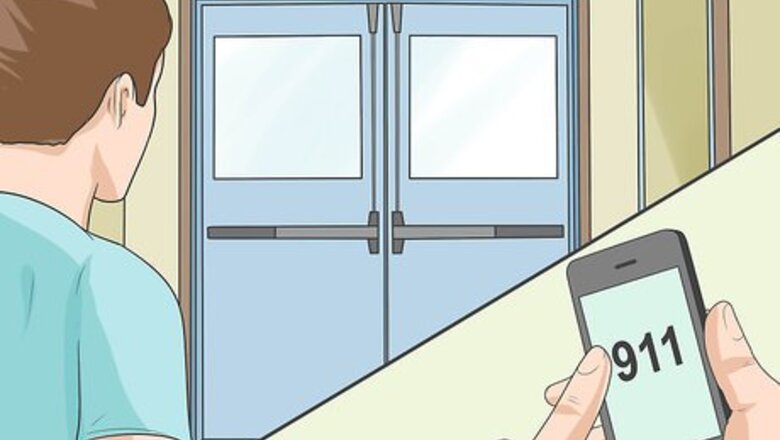
views
X
Trustworthy Source
PubMed Central
Journal archive from the U.S. National Institutes of Health
Go to source
Delusional disorders can be treated with appropriate therapy, medication, and support.
Readying Yourself for Treatment
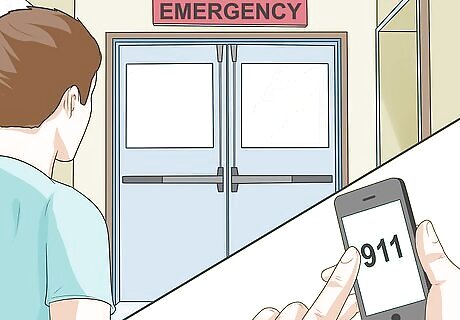
Treat safety concerns first. If the behaviors resulting from the delusions pose a threat to the self or to someone else, go immediately to the emergency department or call emergency services. Any dangerous actions (such as running into traffic, feeling suicidal, or stalking an individual) should be addressed first. Hospitalization may be necessary for treating risk factors.
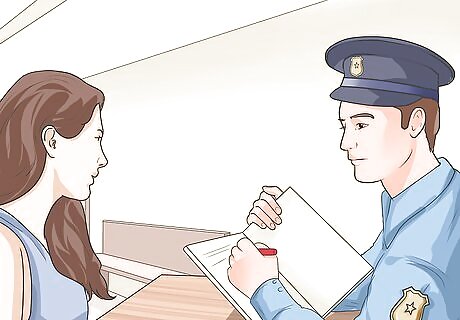
Address violence or legal problems. Some people become violent or end up with legal charges as a result of the delusions they experience. You may also become involved in the legal system for offenses such as stalking or harming someone you believe is following you. You may need to engage in programs aimed to decrease violence or other harmful behaviors. If you are arrested, cooperate. Seek any treatment suggested. You may want to request a psychological evaluation or participate in an addictions program as part of treatment.
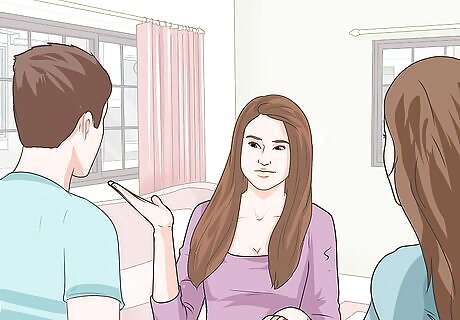
Recognize the usefulness of treatment. Many people are unwilling to admit that the delusions pose a problem and are unwilling to seek help. If someone recommends treatment for you or points out how the delusions are affecting your life, listen up. It’s okay to seek help and to admit that things are not going well. Treatment can help you build skills, engage constructively in social situations, and relieve stress associated with delusional disorder. Think about how you feel and how you relate to others. Have you noticed changes? Are you more paranoid, distrusting, or negative in your perception of people and things than you were before? Do you socially alienate yourself? Do you experience happiness and fulfillment every day?
Working with a Therapist
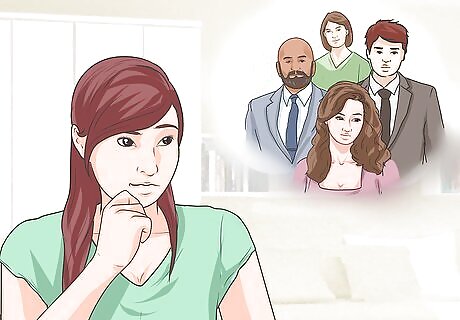
Find a therapist you trust. Therapy is the most effective part of treatment for delusional disorder. The most important part of therapy is finding a therapist you trust. Because people with delusional disorder tend to be distrustful of others, establishing a solid relationship with a therapist is a must. If you don’t feel comfortable with your therapist, find a different one that helps you feel safe, trusting, and supported. Find a therapist who makes you feel unconditionally supported and not “crazy.” Keep in mind that therapists and other mental health professionals take confidentiality very seriously. It is part of their professional code and they are also bound by federal and state laws to keep your information confidential. The only reason why a therapist might be required to report something that you said during a therapy session is if you are suicidal, someone else is at risk of being harmed, you or someone else is being abused, or the therapist has received a court order.
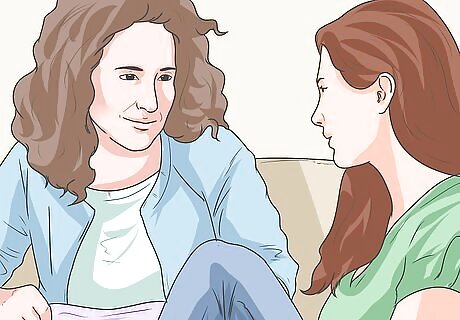
Engage in goal-oriented therapy. Make clear goals for therapy and daily living with your therapist. You may have your own goals (such as reducing distress), and the therapist may suggest goals such as improving social skills, engaging in positive behaviors, and improving personal, social, and occupational functioning. Find a therapist that will be direct and honest with you. Subtle cues may be less effective than direct comments.
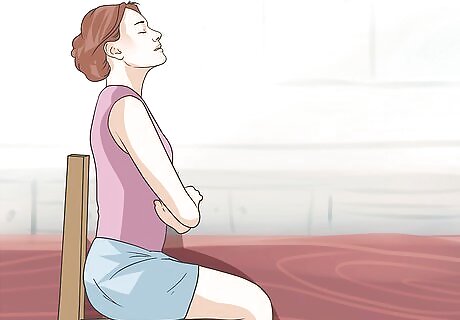
Reduce distress. It can be helpful in therapy to work on reducing distress associated with the delusions. A therapist will listen and provide support. Your therapist may ask you questions regarding the state of your health: your sleeping patterns, eating habits, your ability to hold a job, etc. If you are struggling in certain areas, the therapist will work to lower the distress the delusions cause. Work with your therapist, or practice these on your own to cope with distress: Deep breathing: Place your attention on your breath and slowly inhale and exhale. As you relax, feel the flow of each breath and the sensation of breath. Slowly lengthen your breath as you relax. You may choose to count the length of each inhale and exhale, lengthening each breath. Muscle relaxation: Release physical tension by systematically tensing and relaxing each muscle in your body. Start with your toes, feet, and legs, then move up to your pelvic area, stomach, chest, arms, neck, and face. Challenging negative thoughts: Recognize when you engage in catastrophizing (assuming the worst), personalization (taking blame), or “all or nothing” thoughts. Ask yourself, “Is this accurate? Am I making assumptions? Am I only seeing the negative? Are there any positive aspects to think about?”
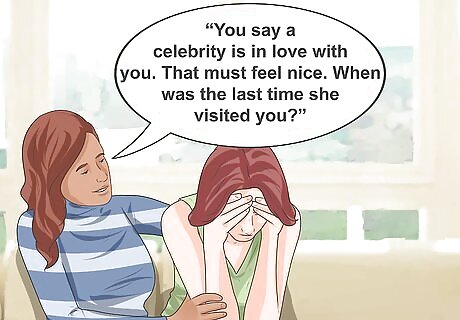
Start with small delusions. Once a therapist has established a good relationship with you and listens and understands your delusions, he or she will slowly begin to challenge the delusions. Your therapist will most likely challenge your smaller delusions first. Starting with the smaller, less-important delusions can help the therapist gauge the willingness to challenge the beliefs in therapy. If you are unwilling to give up the smaller delusions, it’s likely therapy will be ongoing and long-term. The therapist will gently and gradually challenge the beliefs. This may include gentle questioning, such as, “You say a celebrity is in love with you. That must feel nice. When was the last time she visited you?”
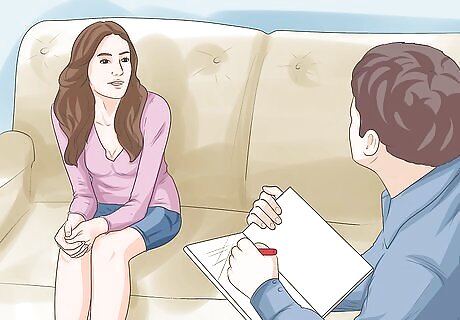
Continue attending therapy. It’s not enough to go therapy a few times and say, “It didn’t work.” Often, therapy will be long-term, so keep at it. Work at making life more productive without the presence of delusions. Remind yourself that you are working to improve your life and this can take time.
Using Other Forms of Treatment
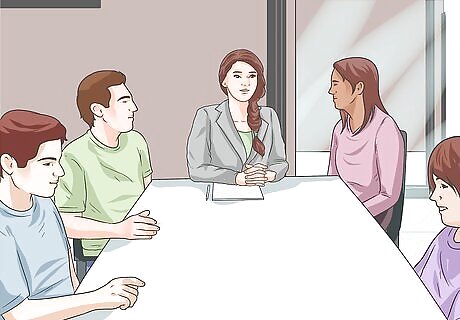
Attend family therapy. Family therapy can help you and your family cope with delusional disorder. Therapy can help the family understand the delusions you encounter. Then, your family will be better equipped to contribute to a more positive outcome for you. This can include taking safety measures, finding ways to gently challenge beliefs, or helping you contribute to society. Find a therapist who works with families of people with delusional disorder.
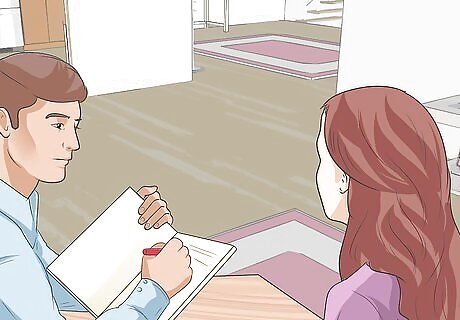
Treat co-occurring disorders. Some people with delusional disorder may struggle with depression or anxiety, or may have other mental health challenges. People with delusions often experience depression, since delusions can make day-to-day functioning and social relationships challenging. Address these issues through therapy and possibly medication.
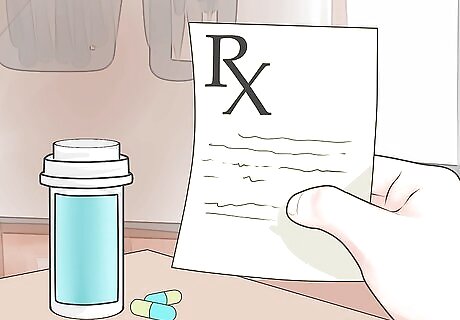
Be willing to try medication. Some people with delusional disorder may resist medication as part of the delusions.Therapists offer medication to help you with your symptoms. The medication is used to help benefit you. Ask questions if you feel hesitant to begin medication. If you trust your therapist, trust that he or she has your best interests in mind and wants your life to improve.
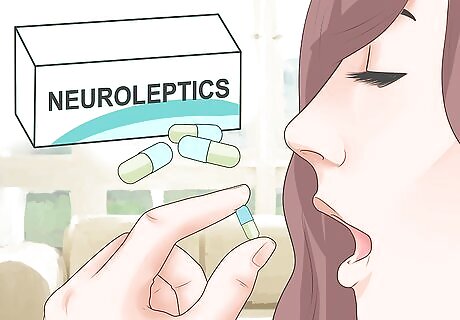
Use medication. Medications are often used to treat delusional disorder. Delusional disorder is often treated with antipsychotics, also called neuroleptics. It appears that antipsychotics are generally effective for many people with delusional disorder, regardless of what antipsychotic medication is used. Other medications used to treat delusional disorder include atypical antipsychotics, antianxiety medications, and antidepressant medications. Antianxiety medications may be used if the delusions cause distress and anxiety, or if the person has difficulty sleeping. Antidepressants may be used with people who struggle with depression, which is common in those with delusional disorder. See a psychiatrist to obtain proper medication and to monitor use.




















Comments
0 comment